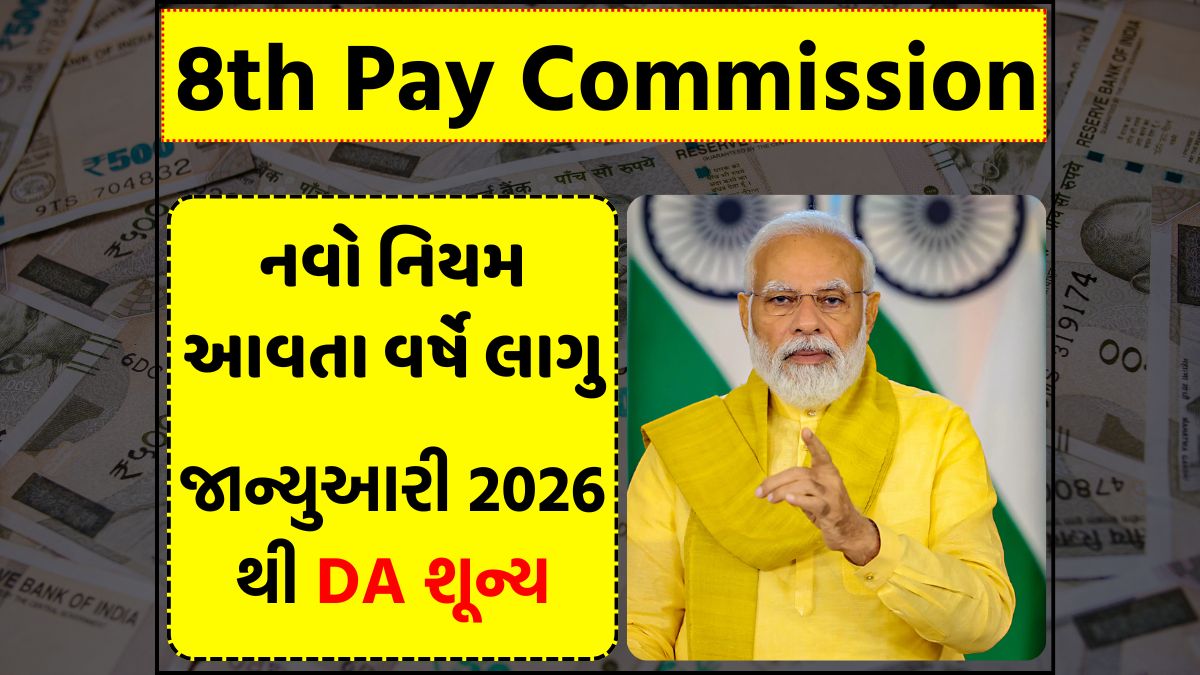The Monetary Policy Statement by the Reserve Bank of India (RBI) in February turned out to be a very bright ray of hope as it reduced the repo rate by twenty-five basis points-from 6.5% to 6.25%.
All eyes are now focussing on the forthcoming announcement of the policy by April 9, when analysts predict that next cut would be another 25 bps. Following this decision would come cheaper home loans and lowered EMIs on car loans for millions of people affording big-ticket purchases more easily.
Why Another Rate Cut Is Likely
The Monetary Policy Committee (MPC) meeting takes place on April 7, and the RBI will announce the final decision on April 9 after this. The testimony of RBI Governor Sanjay Malhotra will be pertinent here especially because recently retail inflation has moderated but the economic growth figures remain low.
The central bank may also be motivated to reduce the borrowing rates further at this point since the inflation is kept under control.
Inflation under Control – Great Relief
Consumer Price Index (CPI) inflation sits at a mere 3.6%-the lowest it has been in seven months. A sharp decline in vegetable prices has kept food inflation close to RBI’s 4% target. The trend gives the central bank the liberty to consider economic activity over rising prices.
Growth Remains a Concern
Having moderated inflation, India’s GDP growth continues at subpar, hovering between 5.6% to 6.2% in the third quarter of FY25. These conditions include global economic uncertainty, trade tensions, and geopolitical risks. The weak consumer demand and delay in investments by corporates compel RBI to take bolder measures for reviving the momentum.
RBI Moves from Inflation to Growth
The latest initiatives from the central bank indicate that more activity will be done to mitigate risks to growth rather than suppress inflation. Following the last rate cut in February, it seems likely that there will be another cut in April.
They may be more threatening in India than the global risks and imported inflation, with the possibility that lower interest rates may lead to increased consumption, greater business investment, and hence a full recovery in the economy.
Major Hurdle: Liquidity Crunch
Liquidity remains very tight within the banking system, despite several measures administered to correct it. Of course, because monetary policy has been made tougher, it becomes impossible for businesses to borrow money for expansion. In order to facilitate flows into the real economy, the RBI will have to loosen monetary policy.
The Big Decision Ahead
To improve India with respect to its global position in economics, the action from RBI must be very decisive. This will automatically be the impetus for demand, investment, and acceleration growth by cutting rates on April 9. This would mean lower borrowing costs and better affordability for homebuyers and car buyers.



